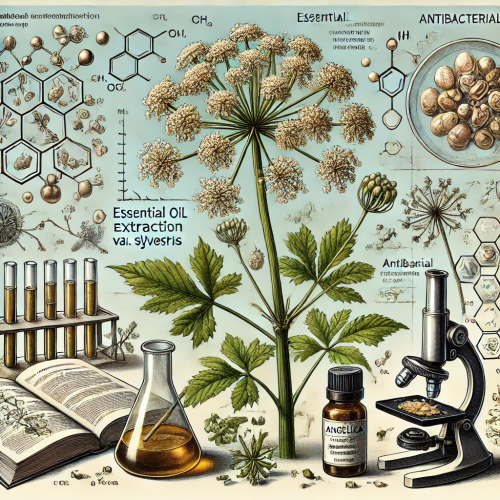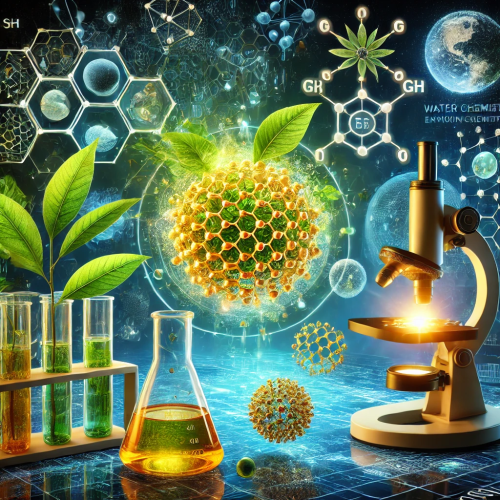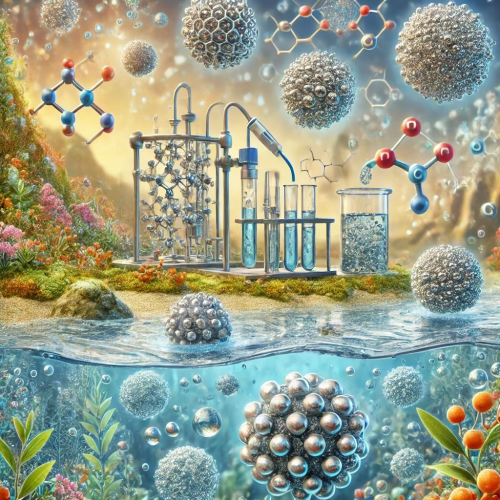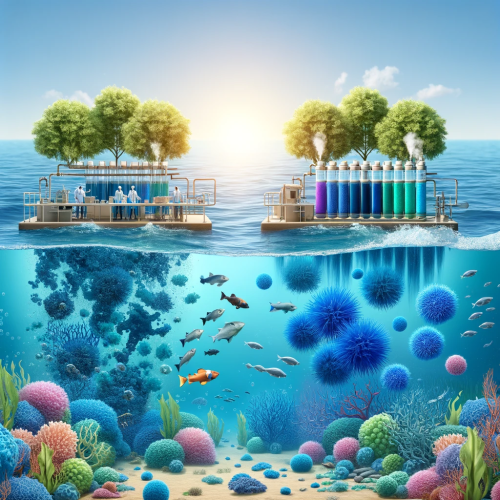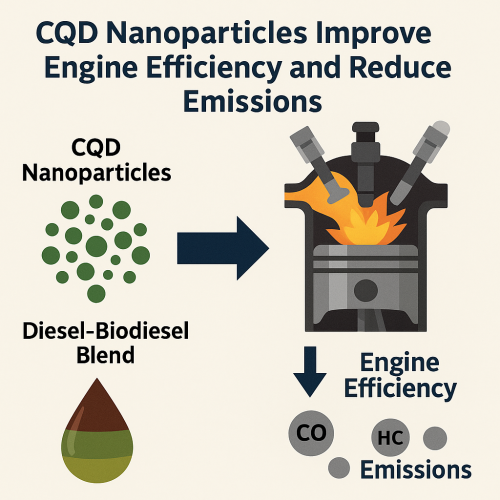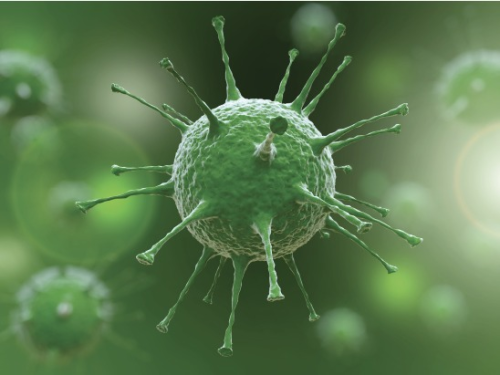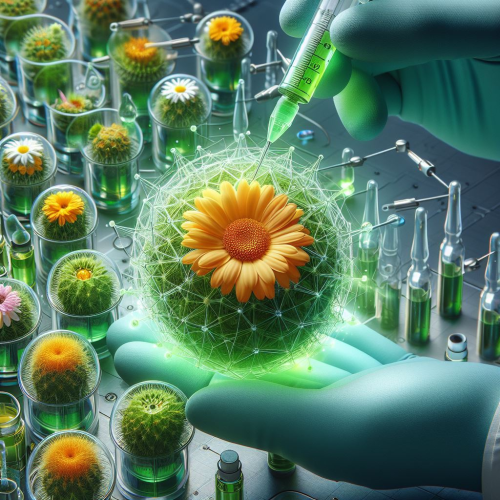Green Synthesis: Applications and Optimization Precursors of Metal Nanoparticles
Yapılış Tarihi | 05 February 2025, Wednesday
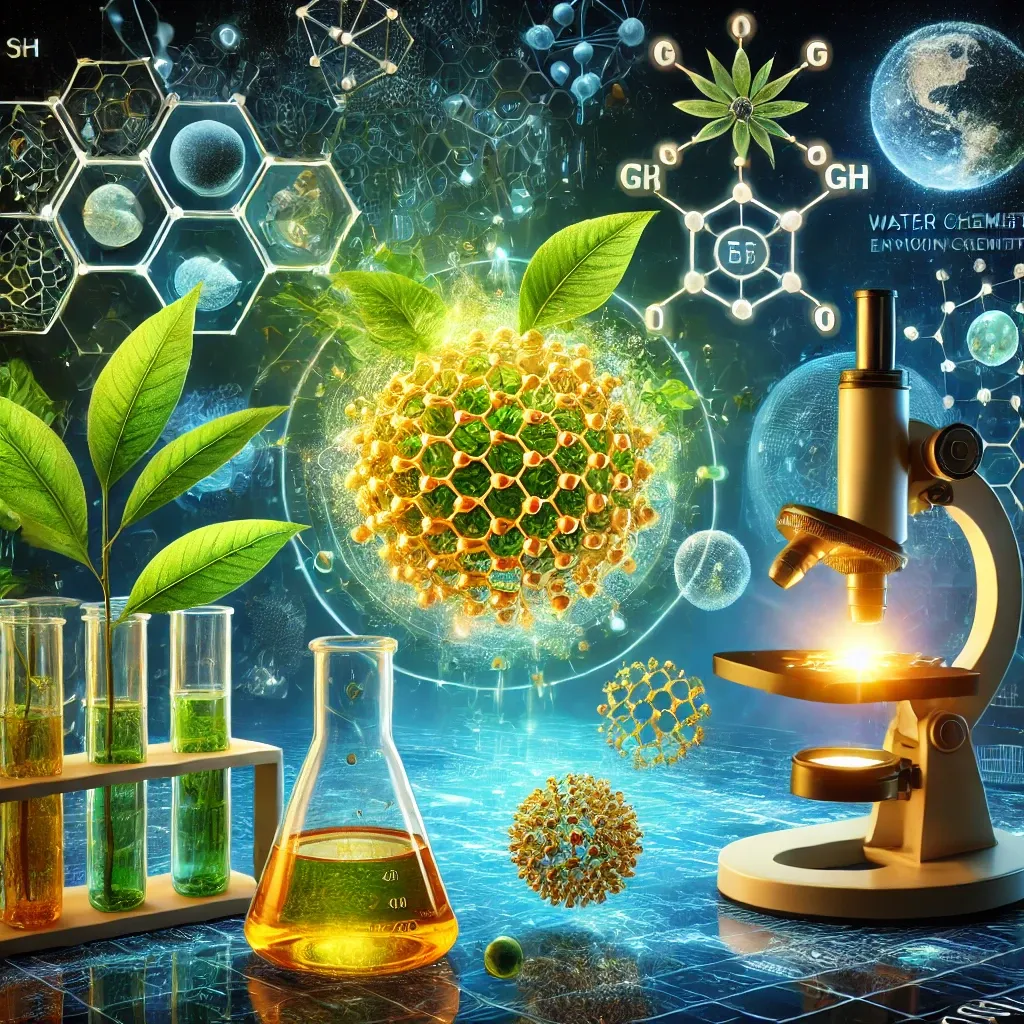
In recent years, nanotechnology has rapidly begun to spread in many sectors such as food, medicine, personal care, and agriculture. With this development, more efficient methods are needed for the production of metal nanoparticles. The high costs and harmful chemicals of traditional methods are being questioned with the "Green Synthesis" method, an environmentally friendly alternative. This method uses biological systems such as plants, fungi, and algae to convert metal ions into nanoparticles, thus offering a low-cost and environmentally friendly solution. Especially gold nanoparticles (AuNPs) play an important role in environmental cleaning applications such as wastewater treatment, in addition to their antibacterial and anticancer properties. AuNPs produced by green methods hold promise for sustainable technologies.
The Efficiency of Gold Nanoparticles Increases with Green Synthesis
Researchers have made the synthesis process more precise to improve the quality and performance of gold nanoparticles. Thanks to this optimization, small-sized and stable nanoparticles are produced, providing more efficient results in applications such as environmental improvement. Determining the correct concentration of the gold salt solution and the synthesis time makes more consistent and efficient production possible. The simplicity and scalability of the green synthesis method make it possible to achieve environmentally friendly and economical production on a large scale. These developments indicate a promising future for sustainable technologies.
Gold Nanoparticles Produced by Green Synthesis Offer New Hope in Environmental Improvement
The research has reached significant findings proving the effectiveness of gold nanoparticles produced by the green synthesis method. The small sizes and stable structures of gold nanoparticles provide long shelf life and durability. These nanoparticles can be successfully used in detecting harmful ions such as Al³⁺ and Cr³⁺. Additionally, it has been observed to be effective in cleaning harmful 4-nitrophenol pollutants in tap water and wastewater. These findings show that gold nanoparticles have promising potential in environmental improvement and detection technologies. The green synthesis method stands out for being environmentally friendly and producible on a large scale.
Study link: https://doi.org/10.1007/s11356-024-34588-w
Diğer Haberler


